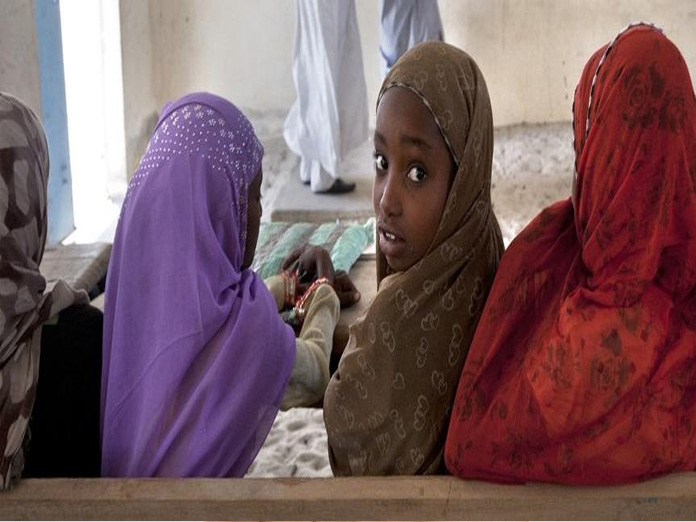Live
- Job mela at Masab Tank tomorrow
- New toilets facilitated for MPP school students
- Steps to safeguard natural springs gain momentum
- RWAs want officials to clear fog over SCB-GHMC merger
- Tanks, canals remain neglected despite execution of MGNREGS works
- BRS to celebrate Deeksha Diwas on Nov 29, Dec 9
- NCC Day grandly celebrated at SITAM
- CITU demands rollback of strategic sale of VSP
- 7-Year-old girl sexually assaulted in Tirupati
- PM Modi highlights govt's efforts to make Odisha prosperous and one of the fastest-growing states
Just In

As the 4day World Economic Forum WEF Annual Meeting, the yearly conclave of the brightest business and political minds from across the world, got underway at Davos in the Swiss Alps, UKbased Oxfam showed us the other side of coin poor
As the 4-day World Economic Forum (WEF) Annual Meeting, the yearly conclave of the brightest business and political minds from across the world, got underway at Davos in the Swiss Alps, UK-based Oxfam showed us the other side of coin: poor.
A confederation of 20 independent charitable organisations which work for the elimination of poverty, Oxfam International releases its annual study 'Public Good or Private Wealth' ahead of Davos conclave every year. It has done so this time too. Sadly, its latest study revealed the disturbing reality of growing gap between the world's rich and poor at faster rate than we had seen in the past.
In 2016, 61 billionaires owned as much wealth as 50 per cent of world's population. The number of billionaires owning that much wealth fell to 43 in 2017. Further, the number fell by almost half to 21 in 2018. That means just 21 richest persons in world are so ultra rich now that their cumulative wealth is equal to what half of the world's population - 3.8 billion people - own.
For instance, Amazon founder Jeff Bezos has a fortune of $112 billion. That equals to nearly Rs 8 lakh crore, which is more than two times of the combined annual budgets of Andhra Pradesh and Telangana (Rs 3.65 lakh cr in FY19).
Besides, a new billionaire was created every second day between 2017 and 2018. Interestingly, financial crises have not created any hurdles for billionaires. The study showed that the number of billionaires doubled in last one decade i.e. since 2008 financial crisis. That's the stark reality of wealth concentration across the world now.
But if we think India is any better, we are dead wrong. The top 1 per cent of India’s richest people, which holds 51 per cent of the total national wealth, saw its wealth grow by a whopping 39 per cent while the country’s billionaires added Rs 2,200 crore a day to their wealth pile in 2018. Compare that with what the poor could manage in the same period. The wealth of the bottom half of the population inched up by meagre one per cent. In India too, rich are getting richer whereas poor are getting poorer.
However, we need to remember that global wealth is growing because of industrialists, entrepreneurs and their ideas. Governments have no major role in it. So, there is no way the gap between poor and rich could eliminated completely. We also need to remember that we are living in a capitalist world. Therefore, the only solution is to tax the wealthy and use the proceeds so accrued for the development of the poor in a transparent and non-corrupt

© 2024 Hyderabad Media House Limited/The Hans India. All rights reserved. Powered by hocalwire.com







